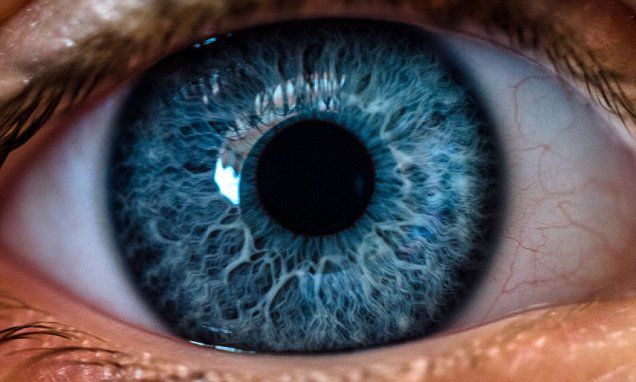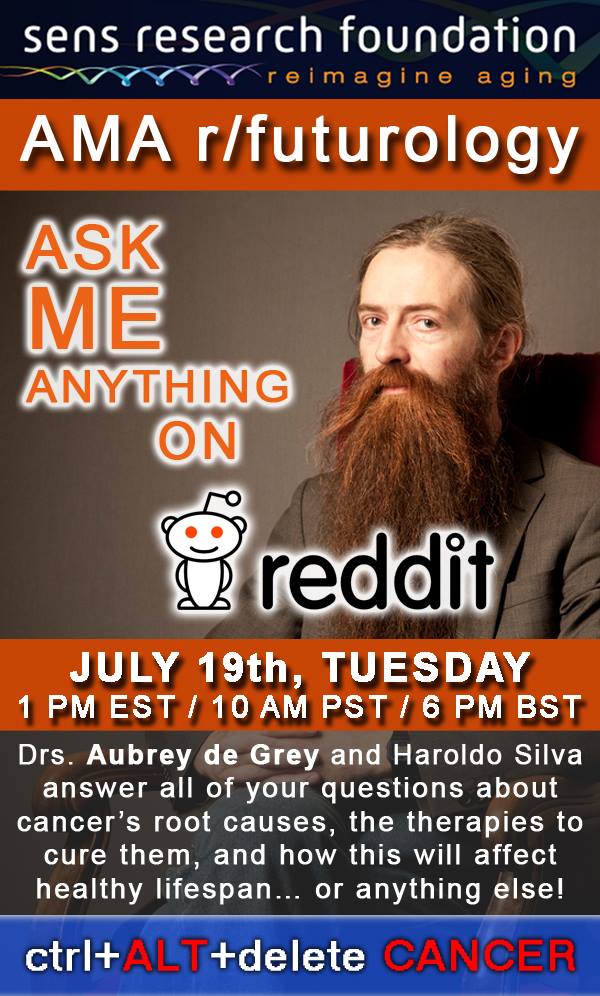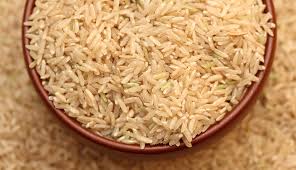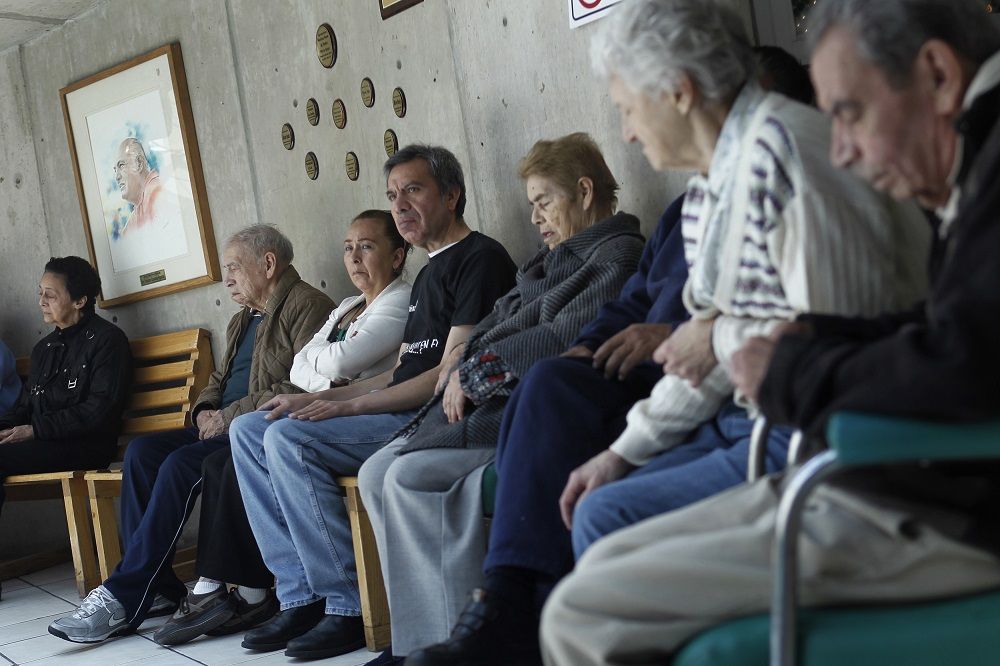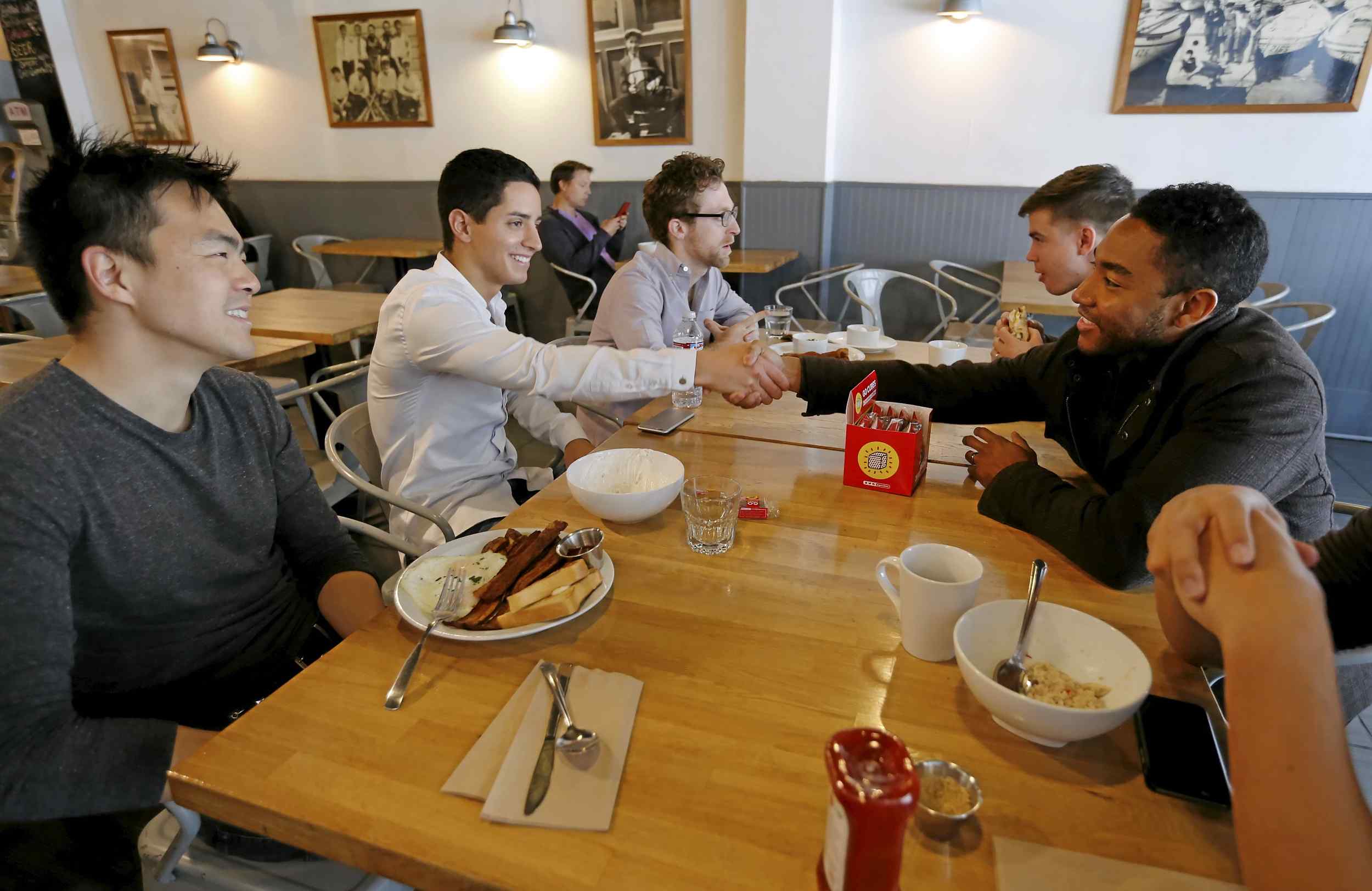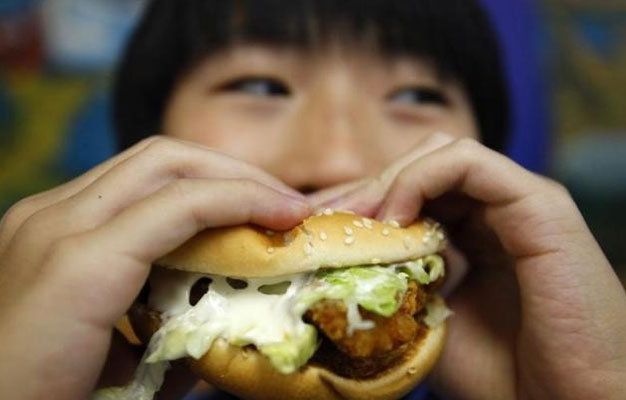Experts at the National Eye Institute, Maryland, found showing sufferers changing patterns of black lines triggered damaged cells in the optic nerves to grow back, which could potentially restore sight.
Category: biotech/medical
If you are interested in the work of SENS and how Dr Haroldo Silva and his team are looking for ways to treat cancer why not come along and join them?
There is going to be a SENS AMA on Reddit with Aubrey de Grey and OncoSENS researcher Haroldo Silva. Ask them anything about SENS and the long term goal of developing universal cancer therapies.
FUTUROLOGY JULY 19TH 1 pm EST/10 am PST/6 pm BST.
Ready for the strange? Here you go.
If you aren’t already purchasing organic or GMO-free rice, you should be. Rice that has been engineered with actual human genes is on its way to a supermarket near you. In Junction City, Kansas, this human gene-tainted rice is being grown on 3,200 acres by the biotechnology company Ventria Bioscience.
Ventria began cultivating this rather horrifying product in 2006 with human liver genes. What exactly was the purpose of this, you ask? Their intention was to harvest the artificial enzymes produced by the rice and use them in pharmaceuticals. Ventria has taken one of the most widely grown and consumed crops and turned it into the base for new prescription drugs — all with USDA approval, of course.
Their decision to allow plants intended for pharmaceuticals to be grown outdoors has not gone without protest. Ventria initially wanted to plant their “crops” — if you can call them that anymore — in Missouri. However, they were met with staunch opposition from Anheuser-Busch and others, who promptly threatened to boycott all rice from the state if the biotechnology planted their GMO rice within the state’s borders. Eventually though, Ventria found a place to settle in Kansas. In 2007, Jane Rissler from the Union of Concerned Scientists (UCS) told the Washington Post, “It is unwise to produce drugs in plants outdoors.”
The constant battle between pathogens and their hosts has long been recognized as a key driver of evolution, but until now scientists have not had the tools to look at these patterns globally across species and genomes. In a new study, researchers apply big-data analysis to reveal the full extent of viruses’ impact on the evolution of humans and other mammals.
Their findings suggest an astonishing 30 percent of all protein adaptations since humans’ divergence with chimpanzees have been driven by viruses.
“When you have a pandemic or an epidemic at some point in evolution, the population that is targeted by the virus either adapts, or goes extinct. We knew that, but what really surprised us is the strength and clarity of the pattern we found,” said David Enard, Ph.D., a postdoctoral fellow at Stanford University and the study’s first author. “This is the first time that viruses have been shown to have such a strong impact on adaptation.”
The researchers say that the monochrome painting — a dime’s width across — is a proof-of-concept that the extremely precise technique can be used to build nanoscale chip-based devices like computer circuits, conductive carbon nanotubes, and for extremely efficient targeted drug delivery.
In order to reproduce the painting, the researchers used a technique first described by Rothemund and colleagues at IBM in 2009. The first step of the process involves folding DNA strands to create the desired shape, with short “staple strands” being used to literally staple the molecules. Then this pattern, which, at this stage, is floating in a saline solution, is poured into patches on a chip whose shapes match the DNA origami’s.
The folded DNA now acts as scaffolding onto which researchers then install fluorescent molecules inside microscopic light sources called photonic crystal cavities (PCC) — much like putting light bulbs into lamps.
Experts at Adelaide’s Flinders University have made an Alzheimer’s breakthrough that may result in world’s first dementia vaccine. Developed by Australian and US scientists, this vaccine may not only prevent but also reverse early stages of Alzheimer’s, the most common form of dementia.
The Alzheimer’s vaccine may be tested on humans within the next two to three years after being bankrolled by the US Government. Scientists from Flinders University and America’s Institute of Molecular Medicine and University of California developed the vaccine by targeting proteins in the brain that block neurons.
The formula targets tau proteins and abnormal beta-amyloid that cause Alzheimer’s. The scientists are confident that the vaccine would eventually be used as preventative vaccine. According to Flinders University medicine professor Nikolai Petrovsky, the proteins must be removed from the brain as Alzheimer’s, and dementia sufferers have lots of these broken down proteins inside.
The SV trend.
Employees at San Francisco startup Nootrobox don’t eat on Tuesdays.
The weekly fast isn’t an extreme money-saving move by a scrappy, bootstrapping company. Instead, Nootrobox team members swear withholding food for 36 hours — they stop eating Monday night — improves their workplace focus and concentration.
“We’re actually super productive on Tuesdays,” co-founder and CEO Geoffrey Woo said. “It’s hard at first, but we literally adopted it as part of the company culture.”
Is it time for rehab for junk food junkies?
Apparently, all the burgers and smoothies you’re consuming cause your brain to forget to stop eating even when you’re full.
Can you relate to midnight cravings and the feeling of perpetual hunger? Do you resort to grabbing fast food on the fly or eating out of a tub of ice cream while you’re bored around the house?
New research reveals obesity may be a brain disease that worsens in people with a diet high in sugar and fat. People who are diet conscious and eat healthy are less likely to indulge in sweet cravings and unhealthy snacks, since their brain recalls a sense of fulfillment derived from watching what they eat. Consuming sugars and fats hinders the functioning of the hippocampus area of one’s brain, blocking from their mind the memories of when their stomach felt full.
